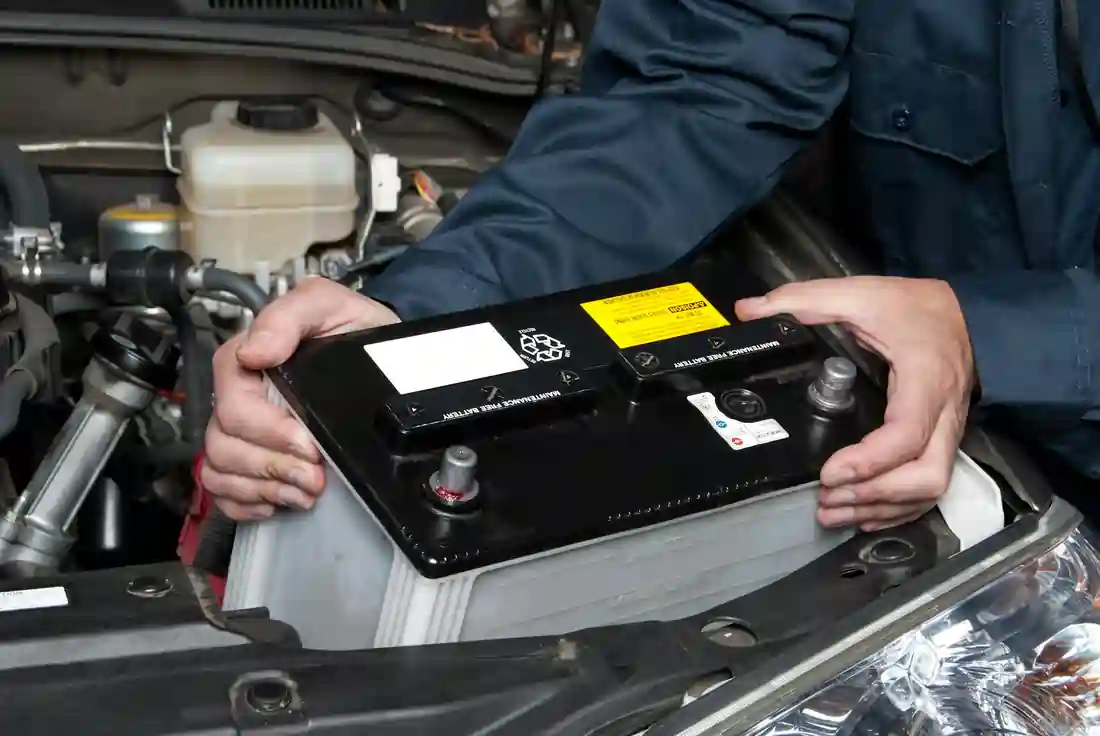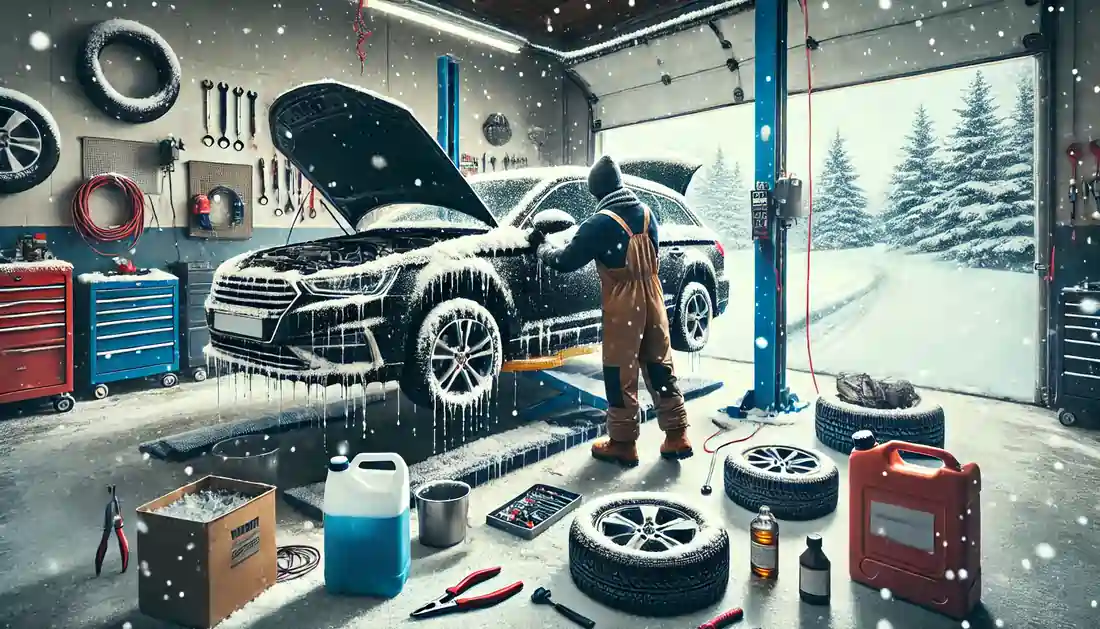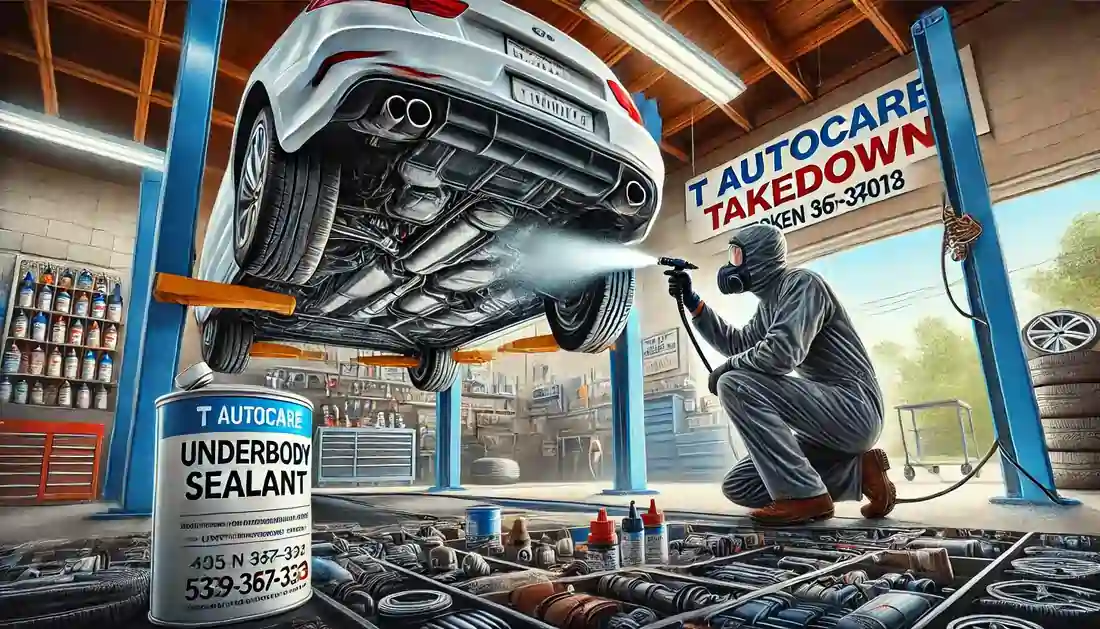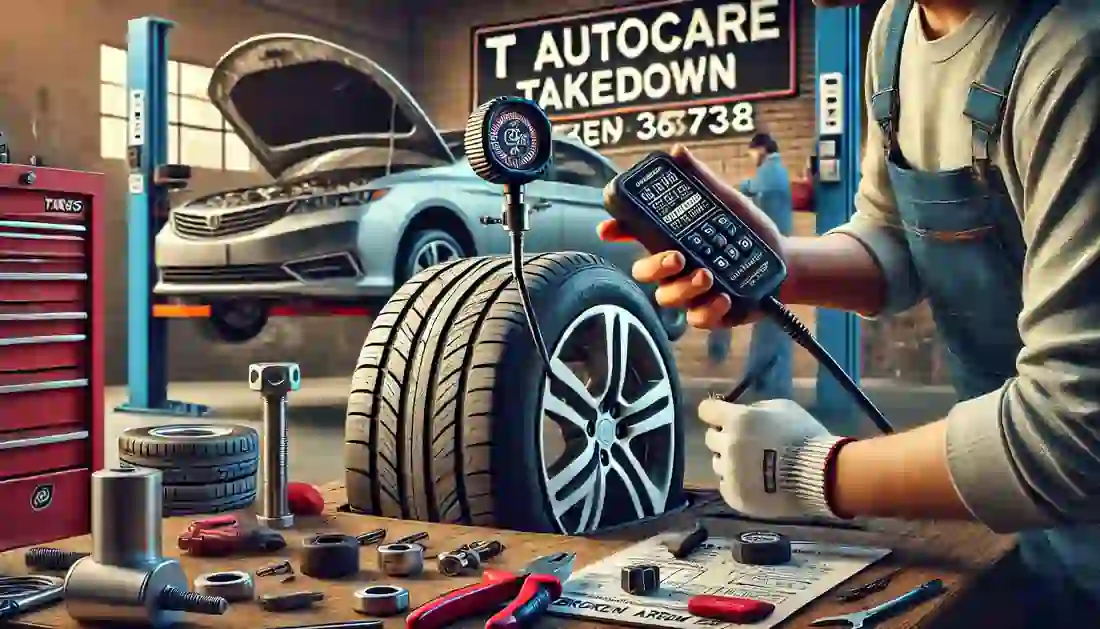Storing your car for the winter involves several crucial steps to ensure it remains in good condition throughout the cold months.
Storing your car for winter requires several key steps to ensure it stays in top shape during the cold months.
Whether you own a classic car, a sports car, or just want to protect your daily driver, taking the right precautions will save you both time and money when spring rolls around. Proper storage prevents potential damage and reduces wear on critical components.
For more insights on maintaining your car throughout the year, visit our car care tips page.

Steps to Properly Store Your Car for Winter
Properly storing your car for winter is essential to protect it from harsh weather conditions and ensure it remains in good working order when spring arrives. Taking the time to follow each step in this guide will help prevent potential damage, extend the life of your vehicle, and save you from costly repairs later on. From cleaning the exterior to checking fluid levels, each task plays a crucial role in preparing your car for the months ahead. Let’s dive into the first step!
Step 1: Clean and Detail Your Car
Exterior Cleaning: Protecting Your Car’s Finish
Before storing your car, give it a thorough wash and wax to remove dirt, grime, and road salt. These elements can cause corrosion over time, especially during winter. Be sure to focus on areas where salt tends to accumulate, like the underbody and wheel wells. Cleaning these spots helps prevent rust and keeps your car in better condition.

For more tips on protecting your car’s exterior, check out the benefits of regular car washes and detailing. Keeping your car clean before storage also reduces the risk of scratches when you put on or remove a car cover.
Read More: How to Remove Scratches from Your Car’s Paint
Interior Cleaning: Keep Your Car’s Interior Fresh
It’s important to clean the interior thoroughly before storing your car. Start by removing all trash and personal items, then vacuum the seats, carpets, and any hard-to-reach areas. This will help prevent odors from building up over time. To protect against moisture, place silica gel packs inside the vehicle. These will absorb excess moisture and prevent mold or mildew from developing during storage.
For more on protecting your car from rust and moisture, check out our guide on preventing vehicle rust, which includes helpful tips for both the interior and exterior.
Step 2: Fill Up and Stabilize the Fuel
Before storing your car, it’s essential to fill up the gas tank and add a fuel stabilizer. This prevents the gasoline from breaking down over time, which can lead to the formation of gum and varnish in the fuel system. Once you add the stabilizer, run the engine for a few minutes to ensure it circulates throughout the system. Doing this helps maintain the fuel system and prevents corrosion, keeping your car ready to start when storage is over.
For more information on maintaining your car’s fuel system, visit our page on fuel system inspection and learn how to keep your car running smoothly.
Read More: Understanding Different Types of Fuel Additives
Step 3: Change the Oil and Other Fluids

Even if your car isn’t due for an oil change, it’s a smart idea to do it before storing the vehicle. Understanding the importance of oil changes is key, as fresh oil helps protect your engine from corrosion during long periods of inactivity. Old oil can contain contaminants that might cause damage to internal engine parts.
For more information on the importance of regular oil changes, visit our oil change services.
Additionally, make sure your coolant system is filled with the right mixture of coolant and antifreeze. This prevents the engine from freezing during storage, especially if you’re storing the car in a location that experiences freezing temperatures.
For more on maintaining your vehicle’s coolant system, check out our guide on coolant flush and refill services.
Read More: The Benefits of Using Synthetic Motor Oil
Step 4: Protect the Battery
Proper battery maintenance is crucial when storing your car for an extended period. To protect your battery, you can either remove it and store it in a warm, dry place or connect it to a trickle charger to maintain its charge. This helps prevent the battery from freezing in cold temperatures and extends its overall life.
If your battery is already showing signs of wear or you’re in need of a replacement, check out our battery replacement services for expert assistance.
Read More: How to Replace a Car Battery
Step 5: Prevent Flat Spots on Tires
To avoid flat spots on your tires during storage, make sure they are inflated to the recommended pressure. Tires can develop flat spots when the car sits in one place for too long, which can lead to uneven wear and a bumpy ride. For long-term storage, consider placing the car on jack stands to relieve the weight from the tires and suspension, further protecting both components.
For more advice on proper tire maintenance, visit our page on tire tread depth and importance.
Read More: How to Properly Rotate Your Tires
Step 6: Use a Car Cover

To protect your vehicle from dust, debris, and moisture, invest in a high-quality, breathable car cover. A good cover prevents scratches and keeps your car clean during storage. If you plan to store the car outdoors, make sure the cover is waterproof and can be securely fastened to withstand wind and harsh weather conditions. This added layer of protection ensures that your car stays in great shape, even when stored for months.
For additional tips on car care and maintenance, check out our seasonal safety advice to ensure your vehicle remains in top condition all year round.
Step 7: Seal Off Entry Points
Rodents can cause serious damage to a car that’s left in storage for months. They often seek warmth and shelter inside vehicles, chewing through wires, insulation, and other important parts. To prevent this, make sure to close off all air inlets, including vents and ducts. Stuffing steel wool into the exhaust pipe and air intake ducts is an effective way to block these entry points. Rodents dislike the texture of steel wool, which makes it a great deterrent.
For extra protection, set traps around the storage area. You can also use rodent repellents, like peppermint oil or mothballs, to keep them away from your vehicle.
Step 8: Check and Top Off Fluids
Before storing your car, it’s important to check and top off all essential fluids. These include brake fluid, transmission fluid, and windshield washer fluid. Ensuring that each fluid is at the correct level helps protect your car’s internal components during storage. This also prevents potential damage, especially in colder climates where freezing can be an issue. For example, having enough windshield washer fluid with antifreeze properties ensures it won’t freeze and damage the reservoir or lines.
If you’re unsure about the condition of your fluids, visit our guide on the benefits of regular fluid checks to learn more about keeping your car’s fluids in top shape.

Step 9: Don’t Use the Parking Brake
When storing your car for an extended period, avoid using the parking brake. Over time, the brake pads can stick to the rotors, especially in cold or damp conditions. This can cause the parking brake to become stuck and difficult to release. Instead, use wheel chocks to keep the car from moving. Wheel chocks are simple blocks placed behind the tires to hold the car in place, providing a safer alternative without the risk of damaging the braking system.
For more information on maintaining your brakes and preventing issues, visit our brake repair maintenance category for helpful tips and articles.
Related Service: Brake Repair and Service
Consider Additional Measures
In addition to the steps mentioned, it can be beneficial to start your car every few weeks during storage. This practice helps keep the engine parts lubricated and prevents the oil from settling. When you start the car, allow it to run for about 10-15 minutes to ensure the oil circulates properly throughout the engine.
Before starting, remember to remove any covers and obstructions to ensure the engine runs smoothly. This not only helps maintain the engine but also provides an opportunity to check for any issues, such as warning lights or unusual sounds.
For more tips on car maintenance, visit our car maintenance budget page to learn about keeping your vehicle in great shape without breaking the bank.
Conclusion
Properly storing your car for winter requires some effort, but it is essential for keeping your vehicle in excellent condition during the cold months. By following these steps, you can protect your car from damage and ensure it starts smoothly when spring arrives.
Taking the time to prepare your vehicle now means you can enjoy a trouble-free ride later. For more information on car care and maintenance, explore our essential tools every car owner should have to be well-prepared for any situation.
To further ensure your vehicle stays in top condition, be sure to familiarize yourself with your car’s maintenance schedule by visiting our guide on understanding your car’s maintenance schedule.
For more tips and expert auto repair advice, contact T Autocare Takedown at (539) 367-3738 or visit us at 1501 W Detroit St, Broken Arrow, OK 74012.
Useful Links for Further Reading:
As you prepare to store your car for winter, you might find these external links helpful. These resources were used in researching this article and provide additional insights into car maintenance and care.
- Cars.com – How to Store Your Car for Winter
- Garage Living – Winter Car Storage: 11 Tips to Help Preserve Your Prized Ride
- Access Self Storage – 7 Tips to Prepare Your Car for Winter Storage
- Alan’s Factory Outlet – A Guide to Winter Car Storage: 10 Steps to Protect Your Ride












